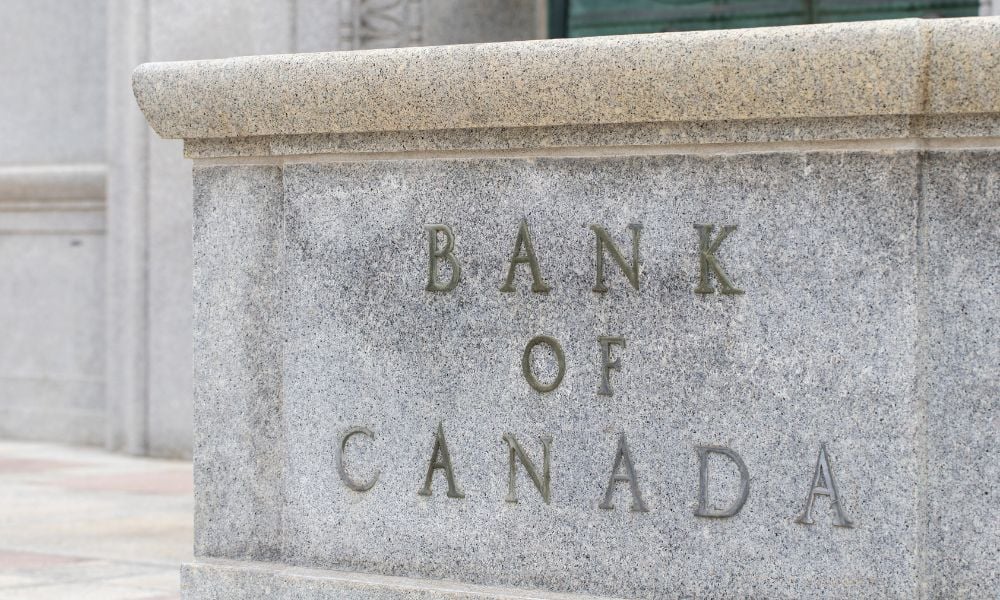Why have nontraded REITs seen a 10% growth amid interest rate hikes and falling property values?

Falling property prices and spiking interest rates have doomed real estate investments to a bad year. Publicly traded REITs have tumbled by about 26% this year alone. So why do nontraded REITs seem to be faring better?
2022 has been a strong year for nontraded REITs, with some funds returning by about 10% despite apartment building values having declined 14% and industrial-property values by 9% in the past year. Still, the gap between public REITs and nontraded ones have caused experts to worry that buyers will make the mistake of thinking nontraded REITs are invulnerable to market selloff, according to the Wall Street Journal.
Both public and nontraded REITs buy commercial property such as apartments and office buildings. Because public REITs sell shares on the stock market to raise money whereas nontraded REITs raise money directly from individuals – generally through financial advisors – public REITs are valued at their share price on the stock market. Fund sponsors value nontraded REITs monthly with the help of independent appraisers who help analyze how much their commercial property is worth.
Read more: 'Returns are important, but clients can see what they're investing in'
Nontraded REITs tend to attract investors looking for higher yields, more stable funds, and start-ups. Investors may cash out periodically, but only through the funds’ sponsors. Nontraded REITs have been big sources of income for firms such as Blackstone and Starwood Capital, whose eponymous real estate income trusts raised over USD 62 billion and circa USD12.7 billion respectively. Both funds shot up by 10% this year, the Wall Street Journal reported.
Sponsors have noted that the stock market is almost always more volatile than the value of their properties and that public REITs began the year at excessive prices that made their market drop steeper. Blackstone executives in particular have recently been buying shares of their fund.
Phil Barker of ACRE Solutions, a boutique investment advisory firm focused on private real-estate funds in the secondary market, said that one concern about nontraded REITs was their valuation, which heavily weighed the latest reports available of transactions and appraisals, and which in turn could reflect stale data.
“… [There’s] nothing untoward going on with how private funds are being valued,” Barker told the Journal. “But because they are backward-looking metrics, they are slower to react to real-time market conditions. There’s been a seismic shift in the market over the past one-and-a half quarters.”
Read more: Are investor fears of REITs’ rising-rate vulnerability off-base?
But Blackstone said the value of the Blackstone Real Estate Income Trust was updated monthly to reflect private market values “on a real-time basis” and has adjusted its valuation multiples to better reflect “the current environment”.
Some investors are already behaving more cautiously, with investors withdrawing around USD3 billion from Blackstone’s REIT in Q3 2022, compared with USD711 million in Q1. Institutional investors have also been selling interest in private real-estate funds at prices as much as 10% below net asset values based on the most recent valuations.
Barker said the sales were made in anticipation of potential future drops in value. “Interest rates and inflation are up, public real-estate prices are lower, and private real-estate values will eventually react,” he said.
Nontraded REITs allow investors to cash out, although sponsors may stop redemptions when too many investors attempt to cash out at once. Sponsors generally allow investors to withdraw up to 2% of a fund’s net asset value a month or 5% a quarter, subject to the discretion of sponsors’ boards of directors, the Journal reported. While none of the nontraded REITs have frozen redemptions so far, this could change if more investors started heading for the door.



